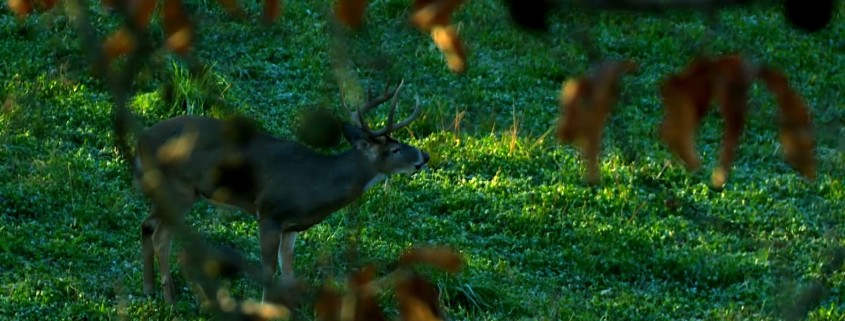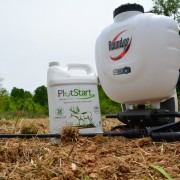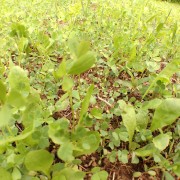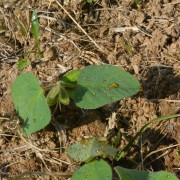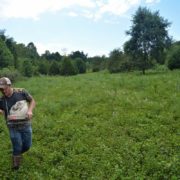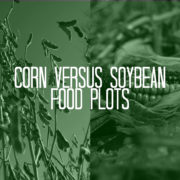How To Create The Perfect Food Plot
DeerGro | Creating the Perfect Food Plot
April and May are two months that are absolutely critical to management programs and the success of your deer hunting come this fall. It is peak food plot season! Rain, growth, and sunshine are at their peak during this time, taking advantage can not only ensure a vigorous food plot but a healthy deer herd, as well as more hunting opportunities. You know all of this though, that’s why you are here…right? You are digging and searching for anything and everything food plot related, whether you learn something or not, you are eating, sleeping, and breathing deer food plots. We are right there with you, but we would like you to walk away with something useful for your time. One thing even the most seasoned food plotter won’t turn away is a little experience, opinion, and some tips on how to create the perfect food plot.
Perfect Food Plots For Deer | Midwest Whitetail
(VIDEO) – Join Bill Winke of Midwest Whitetail as he shows us one of his favorite deer food plots on the farm. This might be considered the perfect food plot, but what is the criteria for one? Watch this episode of Midwest Whitetail to find out.
So what makes the perfect food plot? Let’s recap some critical points.
Food Plot Location
This is fundamentally the most critical point that takes the most time this spring. Everything needs to be considered before putting in a new food plot. By far the most important considerations is current deer movement, patterns, bedding, past observations, and established food sources. Hopefully, you have done your homework up to this point, which means post-season scouting, note taking, and a good memory of all of your trail camera data, hunting observations, and buck sightings. A perfect food plot will be placed smart, whether that is adjacent to bedding areas, a staging area to larger food sources, or the large food source itself. The next consideration, and by far more tricky part of food plots is figuring out what to plant, and how to hunt the food plot.
Food Plot Species
What to plant? – By far the biggest and most reoccurring question among beginner and veteran food plotters alike. There is no one size fits all with food plot species, each scenario seems different, but there is general advice to hold on to. When it comes to information on how to create the perfect food plot two things are required, it needs to always have food and you need to be able to hunt it (if it’s a kill plot). If it’s a kill plot, one of the best food plots are small food plots or poor man plots. The video above shows this type of small food plot in action. The food plot is small, easy to make, but extremely effective. Clover, by far is the best species for these food plots, it is attractive, browse resistant, shade tolerant, and is available for much of the year including the hunting season.
Food Plot Access and Pressure
One concern to go along with location before putting in a new food plot is to consider how you are going to hunt it. Most common wind direction, deer movement, tree stand or blind sites, and your access all needs to be planned out before starting on the plot. The perfect plan can greatly reduce the number one food plot killer – human pressure. You could have the lushest clover plot or a beautiful bean field, but the deer will not touch it with a lot of pressure on the plot. We all like to look at the food plot progress, check our cameras, or make up some excuse to go to the deer property…don’t! Pressure will kill it.
Beyond these tips be sure to remember your food plot basics, do a soil test, get the food plot pH right, and continue to boost your food plot’s soil and health. Take these tips to plan out and execute the perfect food plot this spring!

